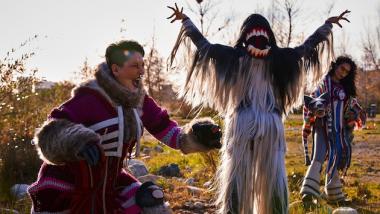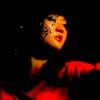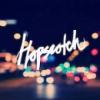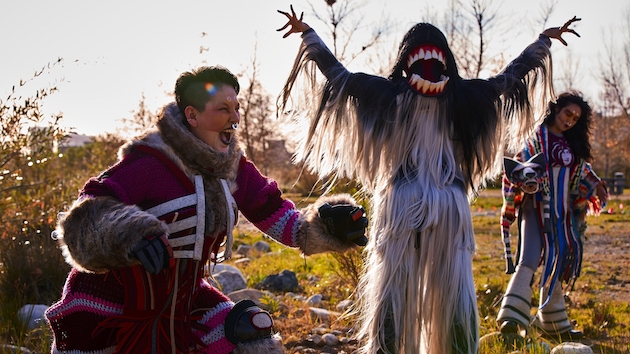
Amid the glitz and glamour of the recent Oscar festivities, the Academy of Motion Picture Arts and Sciences chose to make a rather significant announcement.
“The academy would like to acknowledge that tonight we have gathered on the ancestral lands of the Tongva, the Tataviam, and the Chumash. We acknowledge them as the first peoples of this land on which the motion picture community lives and works.”
A few months earlier, the Academy had also awarded a lifetime achievement award to the great Native American actor, Wes Studi, who at the beginning of his acceptance speech observed, “I’d simply like to say, ‘it’s about time.’”
“It’s about time” is also the overriding theme of the remarkable operatic experience that is Sweet Land — a site-specific, multidimensional collaboration from Yuval Sharon and The Industry. Presented on the former ancestral land of Los Angeles State Historic Park, this panoramic opera experience will be performed through March 15. Then, by design, it will simply fade away.
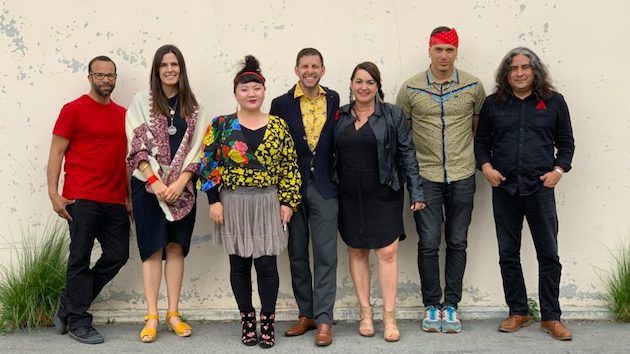
In order to tell its complex story of cultures in conflict, Sweet Land incorporates a variety of musical vocabularies created by two composers: Native American composer and soundscape artist Raven Chacon, and Chinese immigrant Du Yun. Likewise, there are two librettists: Douglas Kearney and Aja Couchois Duncan; two orchestras (one conducted by Music Director Marc Lowenstein, the other by Jenny Wong); and two directors, Yuval Sharon (founder of The Industry) and director/costume designer, Cannupa Hanska Luger.
Enter the Land of Dreams
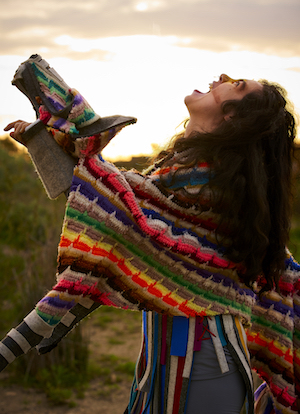
As evening fell, the audience gathered in the first of several constructed wooden venues to share the experience of the arrival of colonists. We were greeted by a pair of gaily clad spirit guides: Coyote (Carmina Escobar) and Wiindgo (Sharon Chohi Kim) whose costumes and makeup rejoiced in the vibrant colors of the earth. They embraced us, rubbed noses, and sang to us in a bird-like language of chirps and chants.
The entire tone of the opera changed, however, with the arrival of the newcomers, the first members of a white horde emboldened by a sense of religious superiority through “the power of the blood” and the righteous mandate of manifest destiny. They also introduced the curse of slavery upon the Sweet Land.
This first encounter is presented as a collision of musical themes composed by Chacon and Du Yun. The earth-oriented nature of native harmonies is soon overwhelmed by western harmony, pious religiosity, and the ornamentation of Baroque opera.
The “Feast” or the “Train”
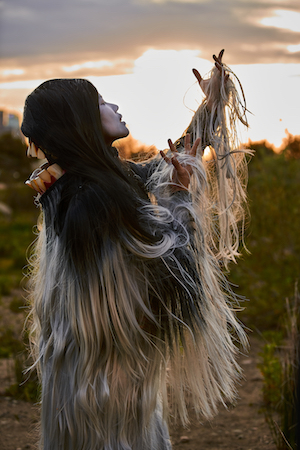
At this point, the audience — which has been divided into two groups — followed one of two tracks: the “Feast” or the “Train.” But just as in The Industry’s multitrack opera, Hopscotch, the only way you can experience Sweet Land in its complete form is to attend two performances.
By the time the audience entered the elegant wooden enclosure for the Feast, night had fallen. The hall was decked in stalks of corn, sheaves of wheat, and was ablaze with candles. The natives, in full ceremonial finery (as tradition dictates), greeted and fed the newcomers. But their hospitality is soon disrupted by the arrogance of the colonists who seek to impose their God-granted superiority. They are led by the brash outlaw character of Jimmy Gin, (countertenor Scott Belluz), who, in a burst of coloratura frenzy, tells them in no uncertain terms, “Your way of life must end!”
At the same time, the other half of the audience had entered the circular pavilion of the Train — a remarkable 360-degree stage of revolving panels designed by Tanya Orellana and Carlo Maghirang. As the panels open and close they reveal the conquerors led by the Preacher (Richard Hodges). It is their destiny, he proclaims, to subdue the land and decimate its native peoples. At the center, the orchestra conducted by Lowenberg pounds out Chacon’s jackhammer score.
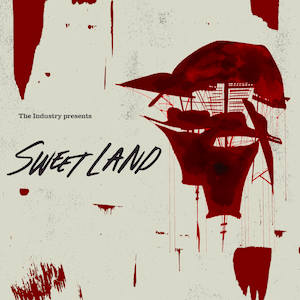
In full darkness the entire audience joined together to hear the lament of the spirit guides, Coyote, Wiindigo, and Totaa’ar (Jenny Wong). And as their plaintive moans filled the cold night air projections of leaping deer and antelope appeared on a softly falling veil of mist. Then each group returned for the second part of the Feast (which devolves into a cannibalistic orgy) or the Train, where the completed conquest of the “Sweet Land” is celebrated.
The final scene, “Echoes & Expulsions,” reunited the audience back where it all began. But now the once-verdant landscape has become a desert of rubble where the desolate spirit guides roam among the ruins as their words of lament are projected on the old bridge that spans the Los Angeles River.
As it was with Hopscotch, any attempt to convey the overall impact of Sweet Land in words is doomed to failure, since it is by design a totally immersive experience of sight and sound. Once again Yuval Sharon and The Industry have expanded the borders of what an opera can be and told a story that is in desperate need of telling.

